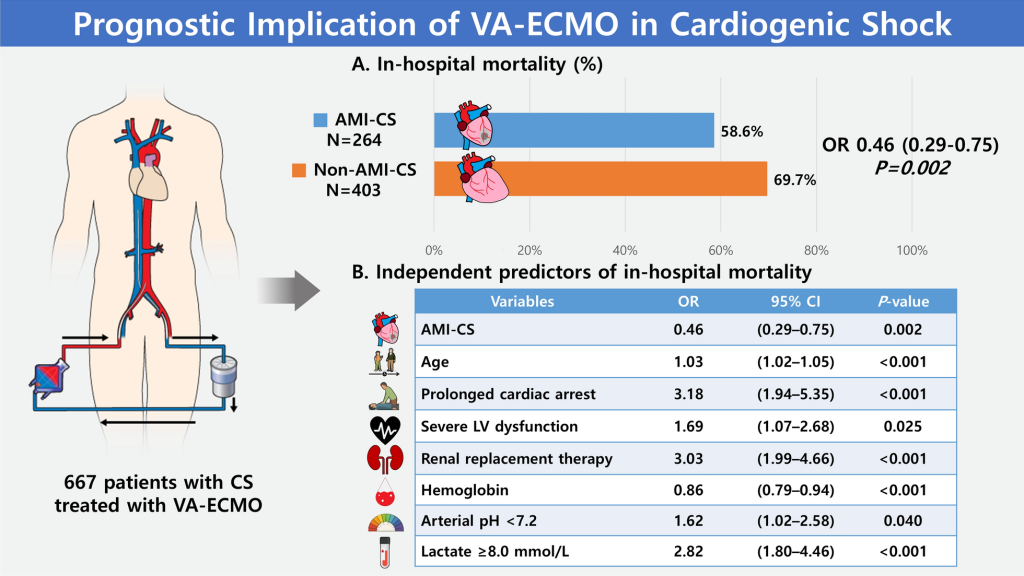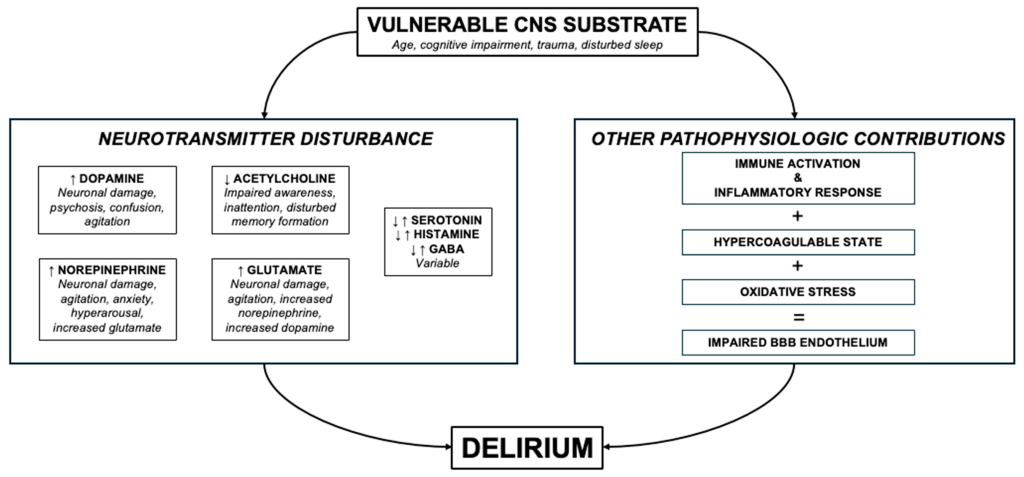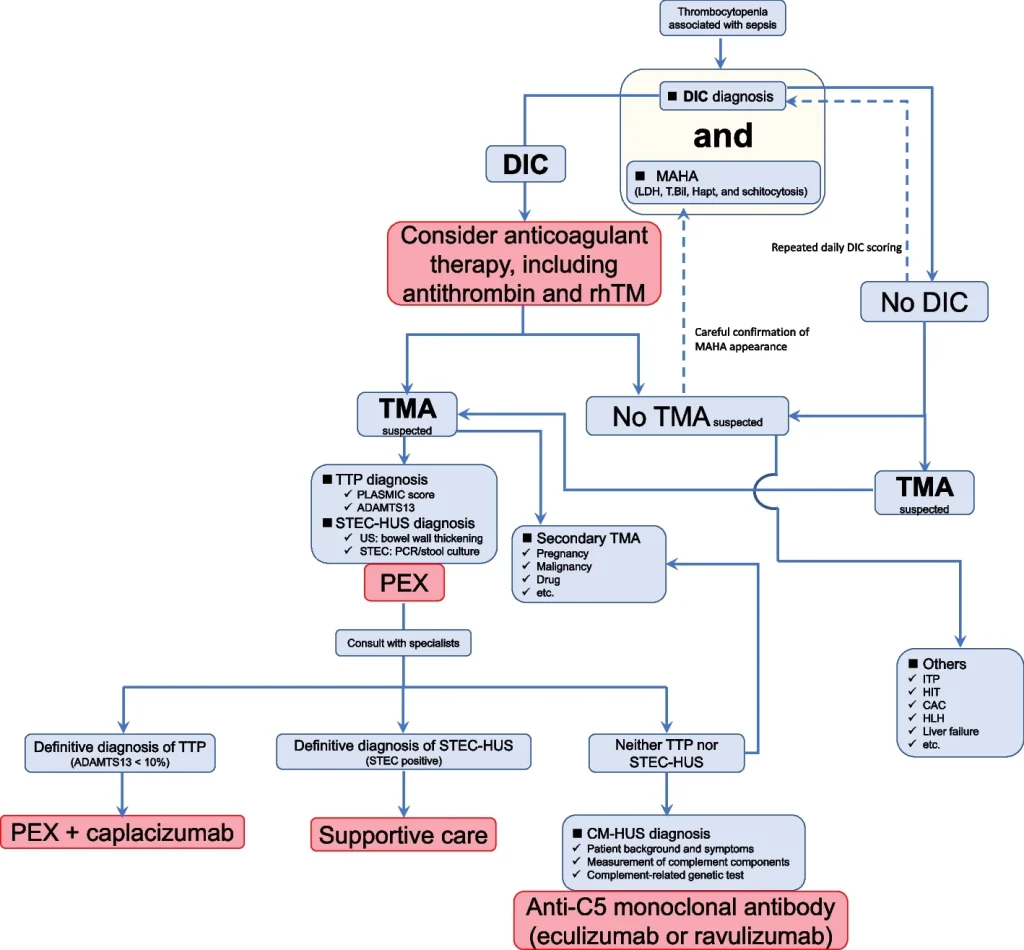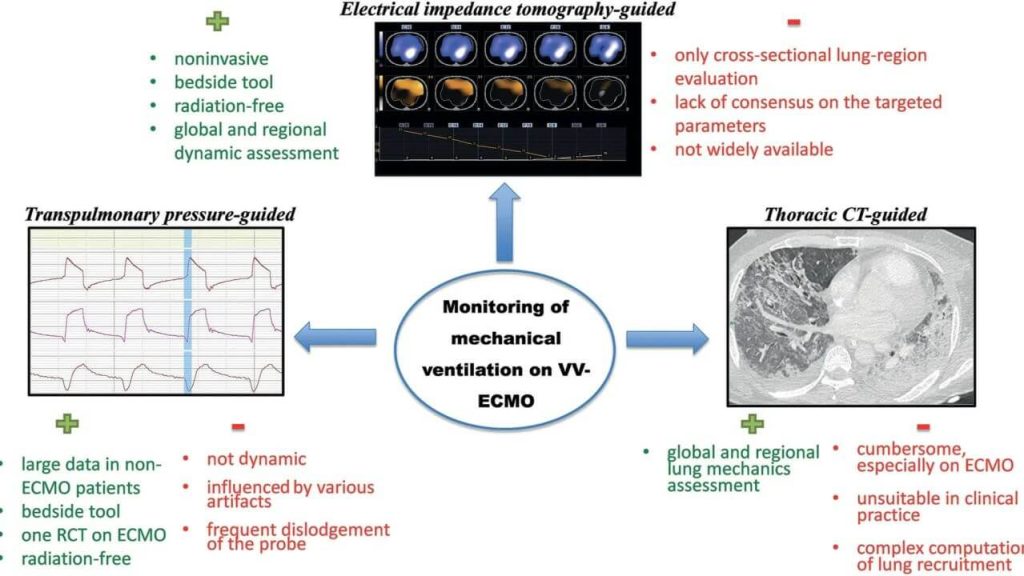Imaging and pulmonary function techniques in ARDS diagnosis and management: current insights and challenges
🫁 Are CT, LUS, and EIT the missing link to truly personalized ARDS care? Abstract: This narrative review argues that integrating chest CT, lung ultrasound (LUS), and electrical impedance tomography (EIT) with key physiology (compliance, driving pressure, transpulmonary pressure, mechanical power) can sharpen ARDS diagnosis and enable more individualized ventilation. The authors endorse a tiered […]









